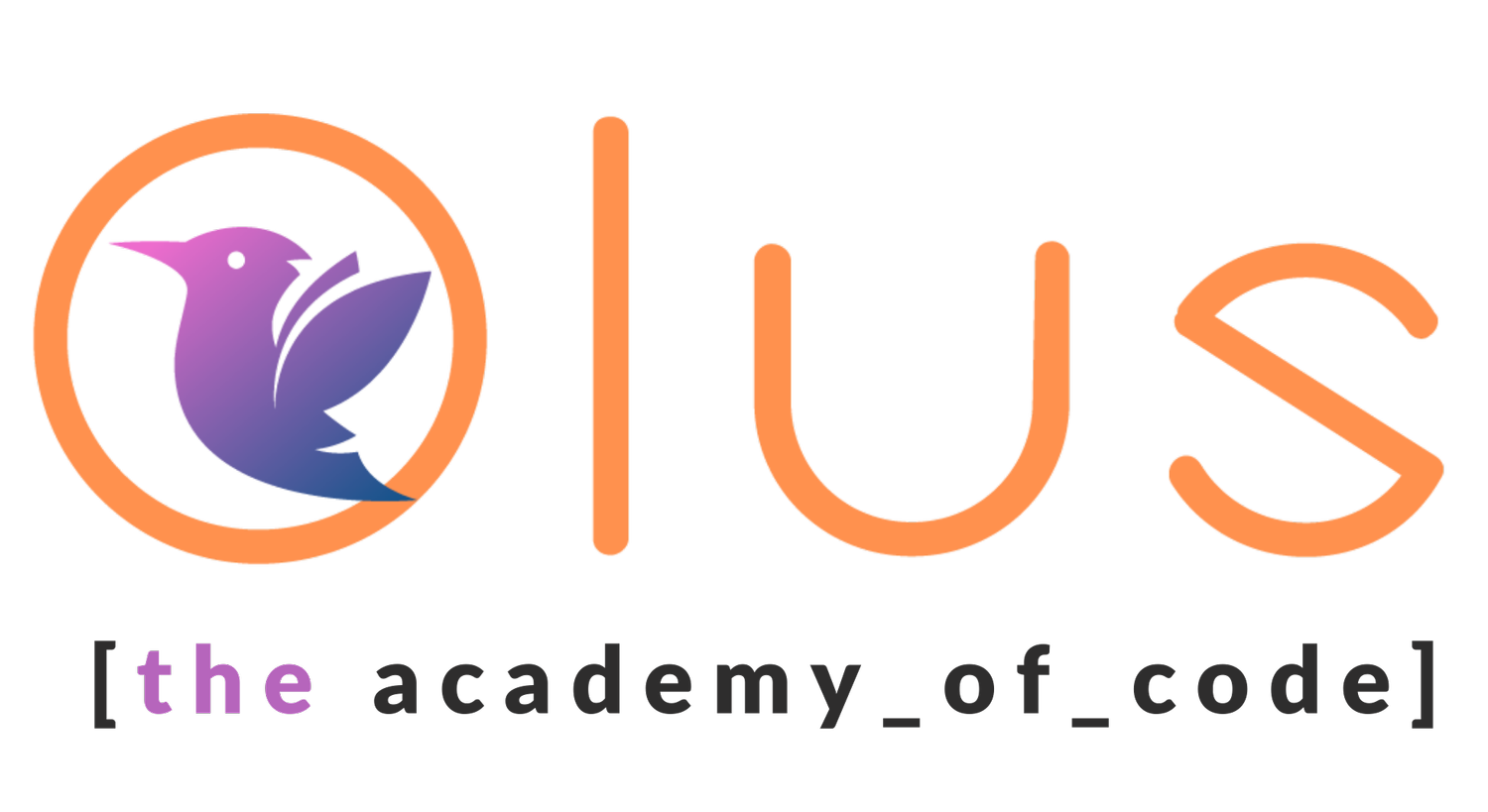Diversity in IT is tricky. Google make a big deal of their commitment to equality of all types. So do Microsoft (in spite of the odd enormous misstep). Tech companies like Pinterest have been very public about their attempts to improve diversity. Closer to home, there are several women only scholarships available to women entering STEM (Science, Technology, Engineering and Mathematics) career paths.
In spite of all this, a survey of top tech companies show that tech roles in Apple, Google, Microsoft, Facebook and Twitter are filled by only 10-20% female employees.
And we shouldn't be too smug at the Academy of Code either. We have 7 employees, and only 1 female (numbers fans will note that that places us right in the middle of that 10-20% range).
While it's hard to say what exactly we can do to help this situation, we have started by making some efforts over the best six months to ensure that our advertising is more gender neutral. (Mostly this has meant ensuring that pictures used totally misrepresent the actual gender ratios at our courses - we reckon Machiavelli did make some good points...).
But hey, it's worked! At least it's moved things in the right direction (probably - causation is hard to firmly establish). Summer camp aside (and we expect the balance on summer camps is inherently more balanced - we'll know more once numbers for this summer's camps are available), we improved from a steady 16% girls up to 21% in like-for-like classes this term. Adding some girls-only classes (after-school in the Teresian School) has pushed that number up to 29% female. Hopefully our summer camp this year will show another solid step closer to gender parity.
Which of course raises the question - is gender parity the goal? Well, no actually. Not for us. Our goal is to get to a point where gender balance becomes a non-issue. Roughly speaking, this is regarded as being somewhere around a third. In a class of 20, on average you need around 7 girls for them to not be at risk of feeling like interlopers in a class for boys, and that's where we want to be. Whatever the numbers that eventually go on to careers in IT, we think it is a crying shame that anyone would be turned off a potentially amazing career purely because of their gender.
So: here are our numbers. We're working on them. Long term we want to be part of a broader solution, but short term we just want to be part of the conservation. If we can keep our own numbers going the right direction, and get at least some of our female students excited about a career in IT that's a good start. We also hope this might be something of a wake up call for parents. Around three quarters of our students are in primary school. Whatever about industry trends at large, at that age parents are still essentially calling the shots on extra curriculars. So parents - why is it sons and not daughters you're sending us?? If you have any thoughts on what more we can do, we're always delighted to hear from you. In the meantime, we're going to keep working on it. Hopefully we will contribute to a very different kind of IT environment over the coming years.
(Gender diversity is not, of course, the only kind of diversity - we will return to this subject again!)











